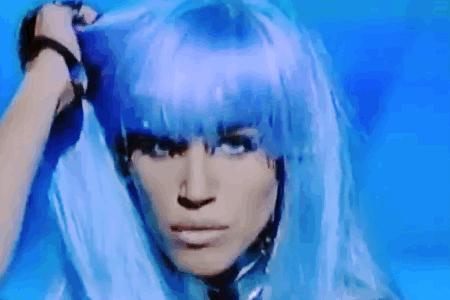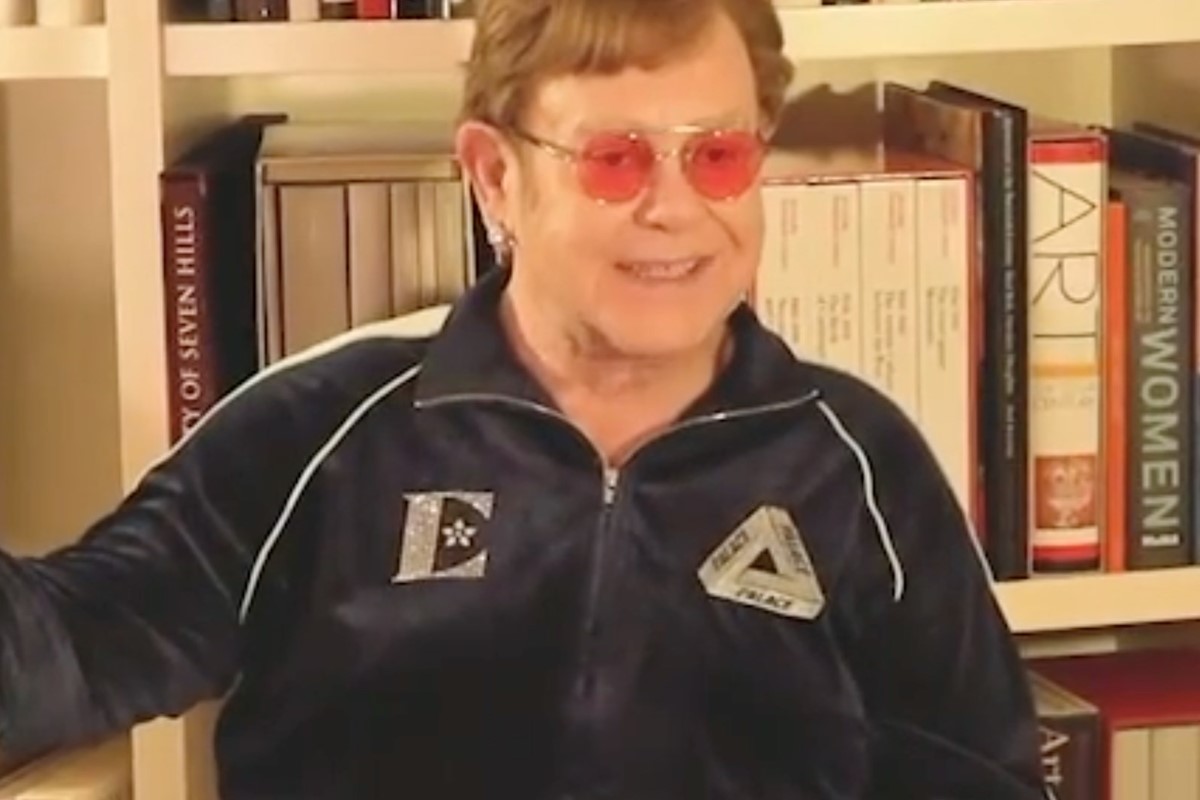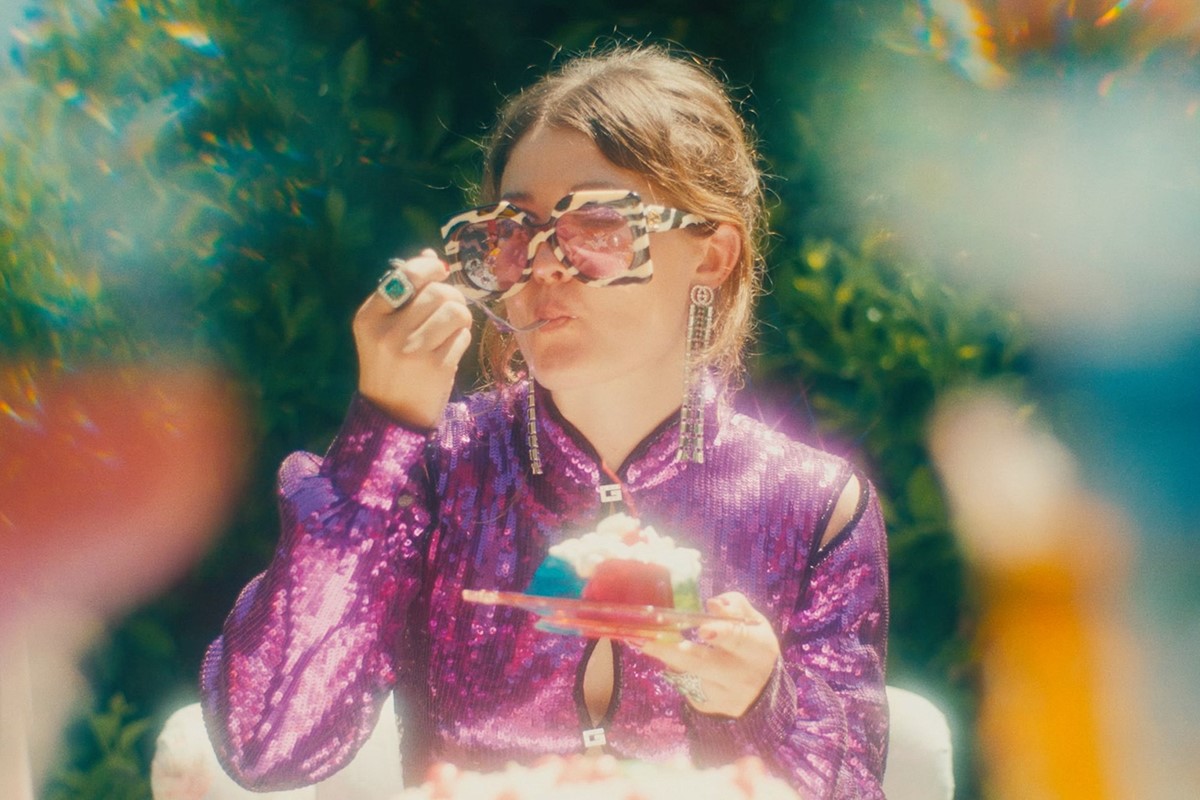
Why Mugler’s fusion of fashion and pop culture will always be relevant
As the world grapples with the shock death of Manfred Thierry Mugler, we take stock of the late designer’s legacy through his pioneering approach to showmanship, celebrity, and fashion pageantry
What did it mean to be a fashion designer in 1973?
It was the year Manfred Thierry Mugler presented his debut collection, titled, in hindsight, somewhat modestly, Café de Paris. It was also the year five Americans landed in the city to showcase their designs at the Battle of Versailles, the legendary showdown between New York and Paris that altered the course of fashion. The French designers, with Yves Saint Laurent, Pierre Cardin, Hubert de Givenchy among them, recreated their typical runway format of models wafting through the genteel first-floor salons of Parisian hôtel particuliers to a hushed soundtrack of classical strings. The Americans, including Halston, Bill Blass, and Oscar de la Renta went for bombast: a radically diverse cast that included everyone from Liza Minnelli to Warhol superstars walking a stark, minimalist stage, while strains of Al Green and the soundtrack to Kenneth Anger’s gay biker fantasia Scorpio Rising accompanied them.
In the wake of the battle, it was widely accepted that the Americans had emerged victorious, staking out stateside fashion as a worthy equal to the storied traditions of the French maisons. But though it may have been the clothes that ultimately sealed the deal, in reality, it was the thrill of witnessing the Americans’ unique synthesis of style, celebrity, and spectacle that took up most of the column inches. Somewhere in his atelier in Paris, it’s easy to imagine that Mugler was carefully taking notes.




After news of Mugler’s passing broke on Sunday night, tributes poured in from around the world paying testament to his outsize influence. Few would question that Mugler was a master of his medium. His most fanciful creations were conjured up with rubber, resin, plexiglass, PVC – enough unconventional materials to make even the most resourceful Project Runway contestant break a sweat – transformed alchemically into breathtaking new forms. Mugler built a dream world all of his own, a quasi-mythical realm where freaks could be fabulous, and the fabulous could be made freaky. Everything was impeccably crafted, from the whittled waists cinched by Mr. Pearl corsets to the theatrical chrome and fibreglass Harley-Davidson breastplates that approached the realm of sculpture; the Frankensteinian mash-ups of Mardi Gras feathers and creatures from the black lagoon to the deliciously slinky velvet bodice of Demi Moore’s dress in Indecent Proposal. But Mugler also understood a broader truth about fashion, and sooner than most – that it was an industry hurtling towards an unprecedented but inevitable combustion with pop culture.
In 1984, he staged his 10th-anniversary spectacular at the Zénith Paris arena, the first fashion show in history that would be open to a ticket-buying public. Models vamped to a thunderous soundtrack of “The Battle Hymn of the Republic” and “Ave Maria”, parading over 350 looks inspired by everything from sci-fi movies to Baroque religious sculpture, concluding with Pat Cleveland descending from the rafters and walking through a plume of smoke dressed in full crystal-studded Virgin Mary drag. For The Independent, journalist Marion Hume declared it “a brave, deranged declaration that fashion designers, and even ordinary mortals, need not be confined by the gravity of planet Earth.” Mugler himself told the New York Times after the show in typically gnomic terms: “’There are two ways you can do fashion shows today. Either you do it very small and private or you do this. I think the public wants it this way.”
As the supermodels rose to global fame and Hollywood A-listers began replacing models on the covers of Vogue, it quickly became clear Mugler wasn’t wrong. For his 20th anniversary ten years later, he would up the ante once again with the eye-popping pageantry of his Cirque d’Hiver show, which featured the likes of Jerry Hall swaddled in a floor-length white fur, the 61-year-old former Julie Newmar in sequins and lace, the infamous heiress and kidnapping victim Patty Hearst performing a striptease and Tippi Hedren in a sheer satin gown adorned with black birds, as an homage to her famous role in Alfred Hitchcock’s The Birds. Oh, and James Brown performing a medley of his greatest hits live, naturally. “It was pure performance art,” Jerry Hall said of the show when speaking to the New York Times in 2019. “He was still the Wizard of Oz, pulling the strings in the dark.” As Violeta Sanchez put it, having walked the show in a sculpted black gown with a cut out on the rear to reveal her buttocks: “He was like the Tarantino of fashion.”
Still, Mugler’s sense of showmanship was always in service to the clothes. The elaborate sets he constructed were there to heighten the experience of witnessing these sartorial flights of fancy in the flesh, and his forward-thinking approach to casting – inviting Diana Ross to walk his runway, say, or casting the transgender models Connie Fleming and Teri Toye regularly throughout the ’90s – merely served to bring the garments even more vividly to life, to take them out of the rarefied bubble of a couture salon and into his (however flamboyant) real world. “Why would anyone only want fashion?” Mugler asked Tippi Hedren in a 2019 conversation for Interview magazine. “There are the costumes, but there’s also the environment, the lights, the moment… the music, the sets, the light, the attitudes – it all helped to tell my story. I never say I’m a fashion designer. I’ve always felt like a director, and the clothes I did were a direction of the everyday.”
Mugler’s clothes were made for those from all walks of life – or as Cathy Horyn described in the Washington Post, a Warholian blend of “socialites, peroxided Lido stars, pop singers, bouffant transvestites”. His shimmering salmon pink power shoulders outfitted David Bowie for his “Boy’s Keep Swinging” video as flawlessly as the bum-hugging leather briefs on gay porn star Jeff Stryker, or the Furby couture worn by his downtown It girl, Deee-Lite’s Lady Miss Kier, on his runways in the early 90s. “Mugler’s shows have pretty much ceased to be about fashion per se,” Horyn continued. “They are about the people who are in his shows – and in that sense, they are for the people who live for fashion.” Today, the red carpet has become a runway all of its own, at least for the kind of celebrity with enough clout to pull a piece from Mugler’s 7000-item-strong archive. Still, even for those of more limited means who still wish to indulge in the fantasy of fashion, who spent their childhoods poring over magazines and recreating them with Hobby Lobby off-cuts, Mugler remains a guiding light. It’s little wonder Mugler is among the most-referenced designers on RuPaul’s Drag Race.
Mugler wasn’t the only one rethinking the format of the fashion show, but he was the one who truly blew it up, transforming it into the kind of high camp pageantry that now feels par for the course, at least for designers whose most grandiose designs need suitably theatrical settings to match. Without Mugler, there would be no Balmain Festival, no Gucci Love Parade, no starry Savage x Fenty extravaganza. You wouldn’t find Beth Ditto or Lady Gaga or Miley Cyrus walking the Marc Jacobs runway, or J.Lo breaking the internet (again) in 2020 wearing that green Versace dress. He instinctively understood that fashion could hold mass appeal if you knew how to turn up the volume to just the right decibel, and how the matrix of fashion and celebrity could amplify it even further.
So too did Mugler help to shape the contemporary idea of the fashion designer as a multi-hyphenate ringleader with a 360-degree vision, an archetype with which we might now associate the late Karl Lagerfeld or, more recently, designers like Hedi Slimane and Virgil Abloh. Like Lagerfeld, Mugler was the couturier, the photographer, the spokesperson, the centre of the brand’s social orbit; even, at times, its de facto face. And with the launch of his Angel fragrance in 1992 – an olfactory shock to the system with notes of chocolate and candyfloss that was as uncompromising as his designs – his booming perfume empire was able to foot the bill for his runway spectaculars. If the modern designer was to be the maker of dreams, then a perfume would offer the most accessible slice of that fantasy, and Mugler carefully negotiated that delicate tension between commerce and creativity – until, that is, he didn’t. In 2002, he was forced to shutter his ready-to-wear line, snuffing out a legacy that could have extended many decades further, perhaps, if his signature style wasn’t lost to the tides of fashion as minimalism hit the mainstream once again.
For many years, all remained quiet on the Mugler front, even as he briefly returned to the public consciousness, having reinvented himself as a hulking bodybuilder and undergone a series of plastic surgery procedures, a process he described as one of “repairing and reconstruction”. But as trend cycles do, the pendulum swung back around. A new breed of style-savvy A-listers (and, perhaps more significantly, their stylists studied in fashion history) began reviving designs from his archive on the red carpet. There was Cardi B in his 1995 “Birth of Venus” dress – an appropriate reference for a designer’s legacy rising from the ashes – attending the Grammys in 2019, then Kim Kardashian in the rotisserie chicken chic of his deliciously fleshy, figure-hugging wet look gown that she wore to the camp-themed 2019 Met Gala. An exhibition, titled Couturissime, began a global tour in Montreal the same year, offering a deeper dive into Mugler’s extraordinary archive for a new generation of fans willing to take the plunge.
On Monday, in a moment of strange synchronicity, Daniel Roseberry debuted his latest couture collection for Schiaparelli no less than 12 hours after the news of Mugler’s death broke, its space-age stylings, mind-bending proportions, and operatic drama echoing the work of the maestro at the height of his powers. Watched just as fervently as the clothes, however, were two celebrities sitting in the front row, a newly-minted couple whose embracing of fashion’s storytelling abilities have shot them into the headlines for many days in a row. It seems that Mugler’s prescient vision of fashion lives on not just in the designs parading down the runway, but in the way that celebrity, for better or worse, has become just an integral part of understanding the ever-revolving cycle of fashion as the clothes themselves. The designer may be gone, but the starry orbit of planet Mugler spins on.



